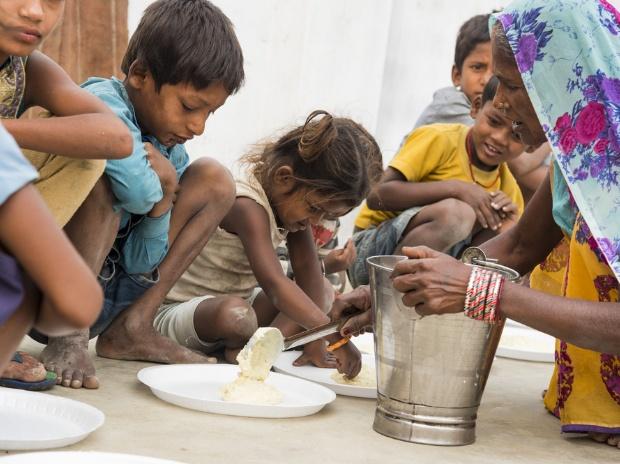- Prime Minister Narendra Modi addressed the nation from the ancient Red Fort in Delhi on our nation’s 77th Independence Day, announcing a significant victory in the fight against poverty.
- According to the MDPI from NITI Aayog, the Prime Minister’s announcement highlighted the removal of 135 million people from poverty in five years. This corresponds to UNDP’s estimate of 415 million people pulled out of poverty between 2005-06 and 2019-21, a significant achievement in India’s history.

Outstanding Achievements in the Fight Against Poverty
- 135 Million People Lifted Out of Poverty: 135 million people were lifted out of poverty between 2015-16 and 2019-21.
- From 2005-06 to 2019-21, 415 million people were pulled out of poverty in India (MDPI).
- Extreme Poverty Has Dropped: According to the MDPI, extreme poverty has dropped from over 80% to roughly 15%.
- Leading Rice Exporter: As a result of successful policies, India has become the world’s largest rice exporter.
- Top Milk and Cotton Producer: India was the highest producer of milk (222 MT) and cotton (39 million bales).
- Infant Mortality Has Dropped: From 57% in 2005-06 to 35% in 2019-21, infant mortality has dropped dramatically.
Factors Contributing to This Achievement
- Economic Policy Transition (1991): The 1991 transition to a market-oriented economy created significant resources for poverty alleviation.
- Strategic Government Initiatives: Targeted initiatives, such as the PM Garib Kalyan Yojana, have a direct impact on poverty alleviation by providing basic necessities.
- Prioritising education and skill development empowers individuals, provides access to better livelihood options, and adds to child nutrition.
- Agricultural Reforms (Green Revolution): Innovations such as the Green Revolution increased rural income and lifted communities out of poverty by increasing agricultural output.
- Women’s Empowerment: Prioritising women’s education and engagement has been linked to improved family welfare and economic progress, as evidenced by proposals to teach women in self-help organisations to operate drones.
- Technological innovations have expedited service delivery, as shown in the provision of commodities under the PM Garib Kalyan Yojana and increased agricultural production through the cotton gene revolution.
- Globalisation and trade have broadened economic horizons, promoting growth, job creation, and effective poverty alleviation.
- Resilience and Adaptability: The ability of society to respond to changing economic situations boosted resilience against poverty, limiting future economic decline.
- Collaborations between the government and the private sector amplify poverty-reduction efforts, as seen by Punjab Agricultural University’s role in the Green Revolution.
- Non-governmental organisations and civil society organisations supplemented government initiatives by actively contributing to poverty eradication and service delivery.
- Data-Driven Decision Making: Using data to pinpoint poor pockets and accurately target interventions improves the efficacy of poverty-reduction measures.
- Foreign Exchange Reserves: India’s increase in foreign exchange reserves from $1.4 billion in July 1991 to nearly $600 billion has bolstered the economy’s ability to withstand external shocks and sustain poverty alleviation efforts.
Problems and Concerns
- Child malnutrition: Despite advances, according to the NFHS-5, 32% of children are underweight and 35% are stunted.
- Climate Change Impact: As extreme weather events become more often as a result of climate change, they represent a danger to food security and poverty reduction.
- Gender Gap in the Labour Force: Women’s labor-force participation is low, hovering around 30% (2021-22).
- Education Quality Gap: It is difficult to ensure adequate education and skill development for women beyond the 12th grade.
- Access to Nutritious Food: It is difficult to ensure fair access to nutritious food, particularly for vulnerable populations.
Source: https://indianexpress.com/article/opinion/columns/ashok-gulati-on-the-key-to-indias-hunger-challenge-a-focus-on-gender-sensitive-growth-8901411/#:~:text=If%20we%20can%20focus%20on,and%20malnutrition%20can%20be%20solved.
